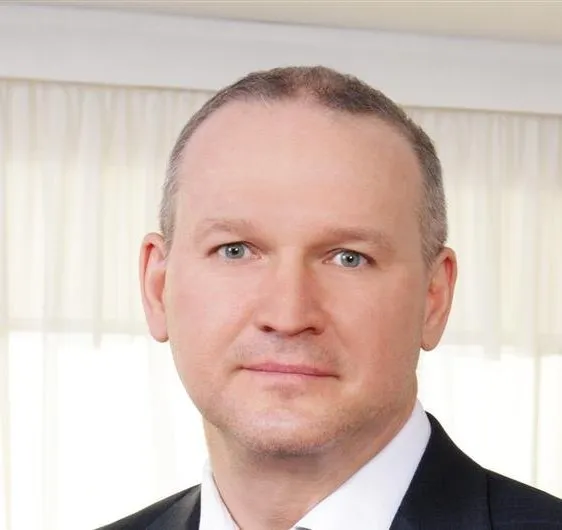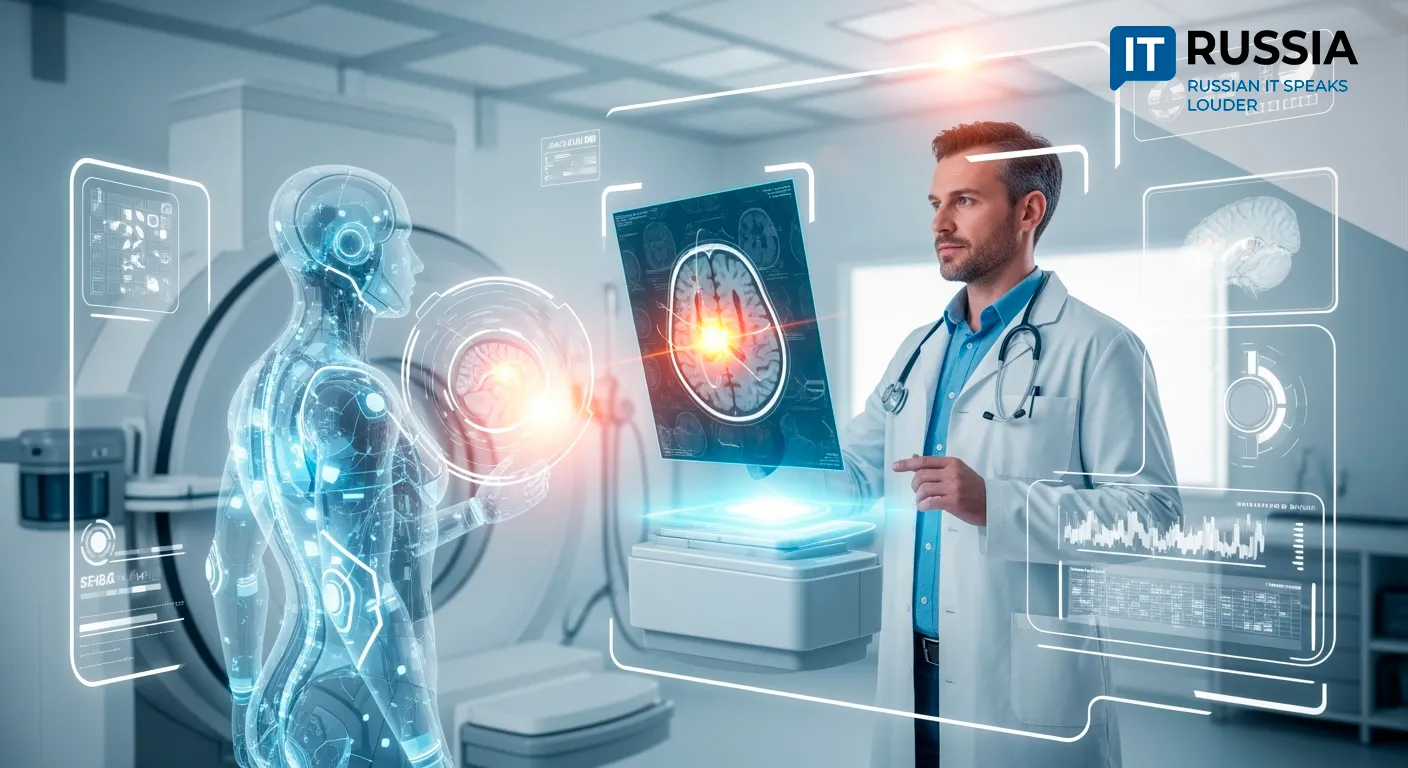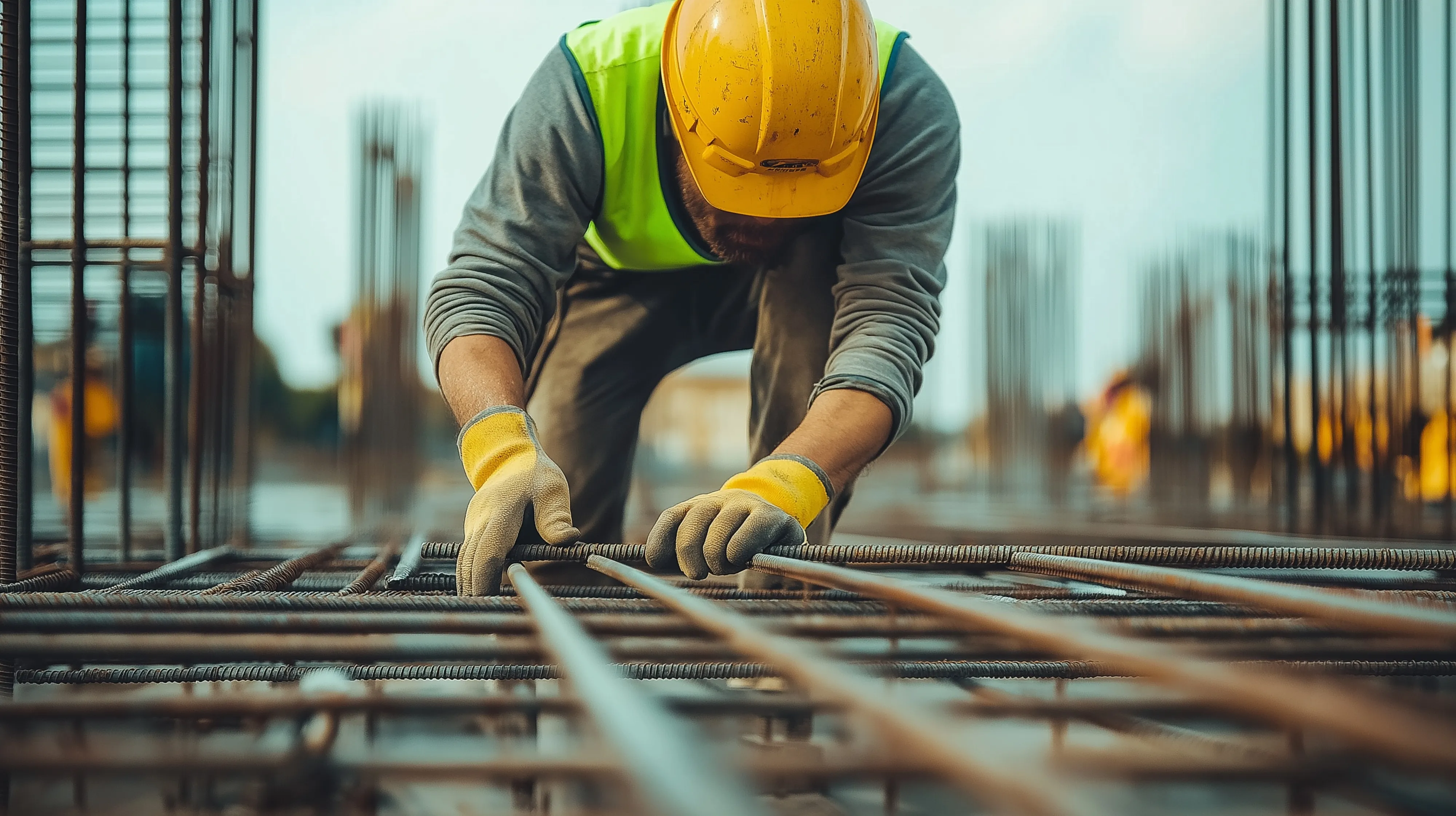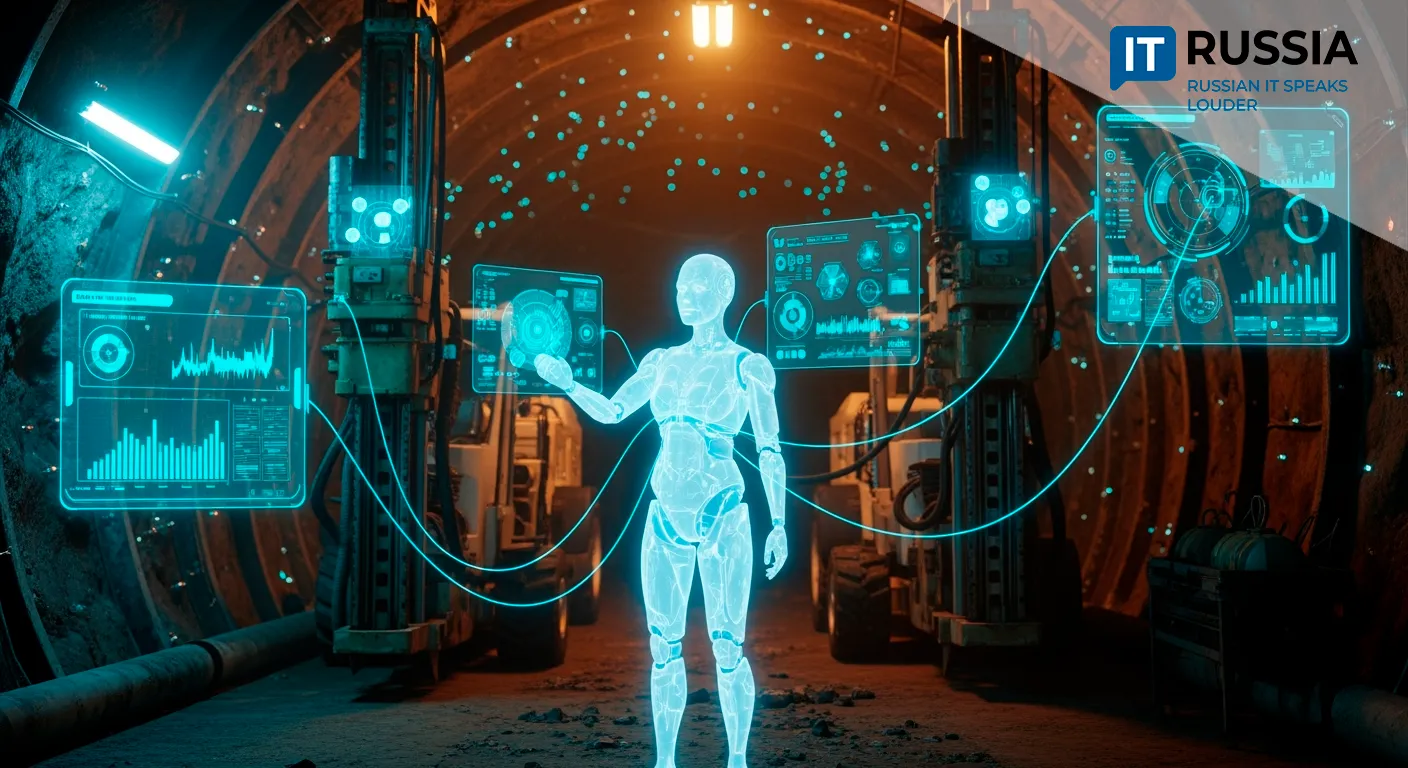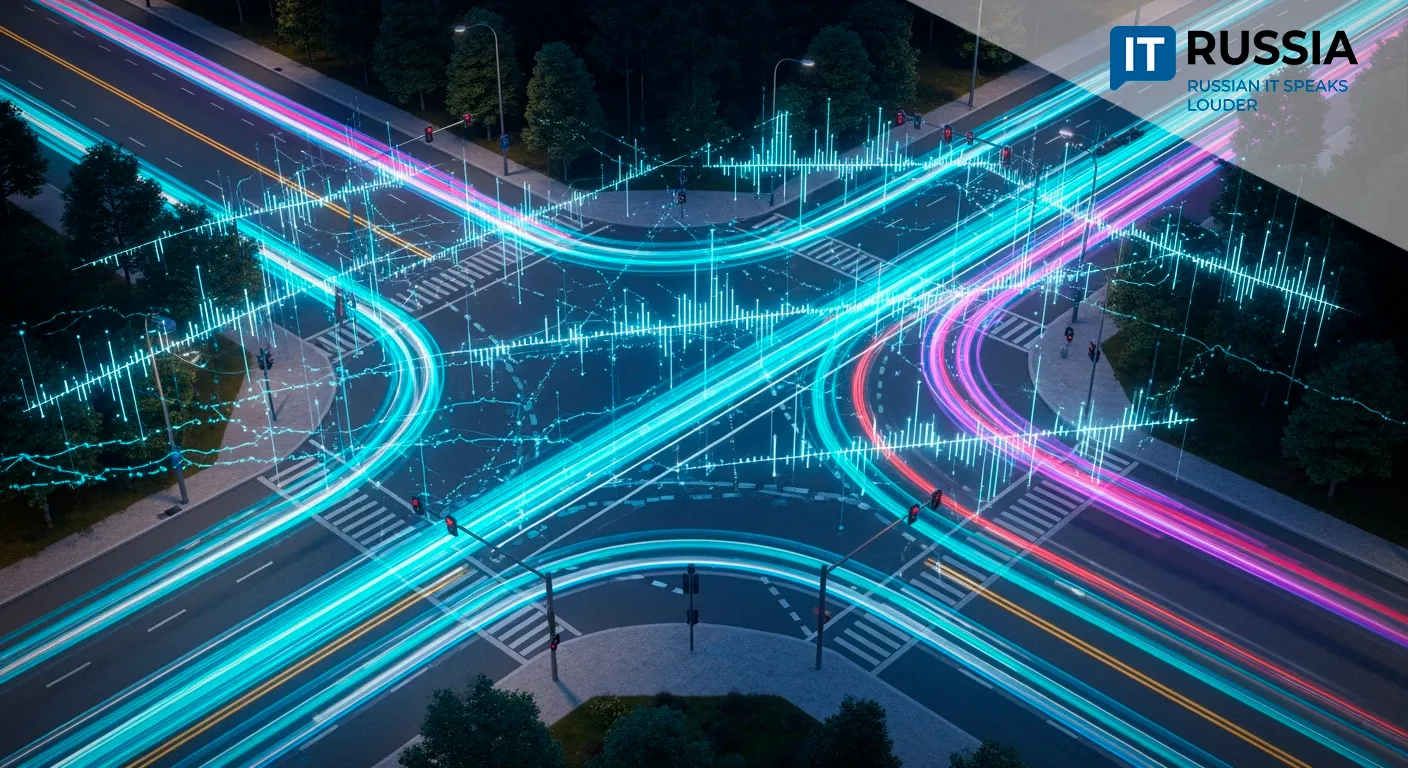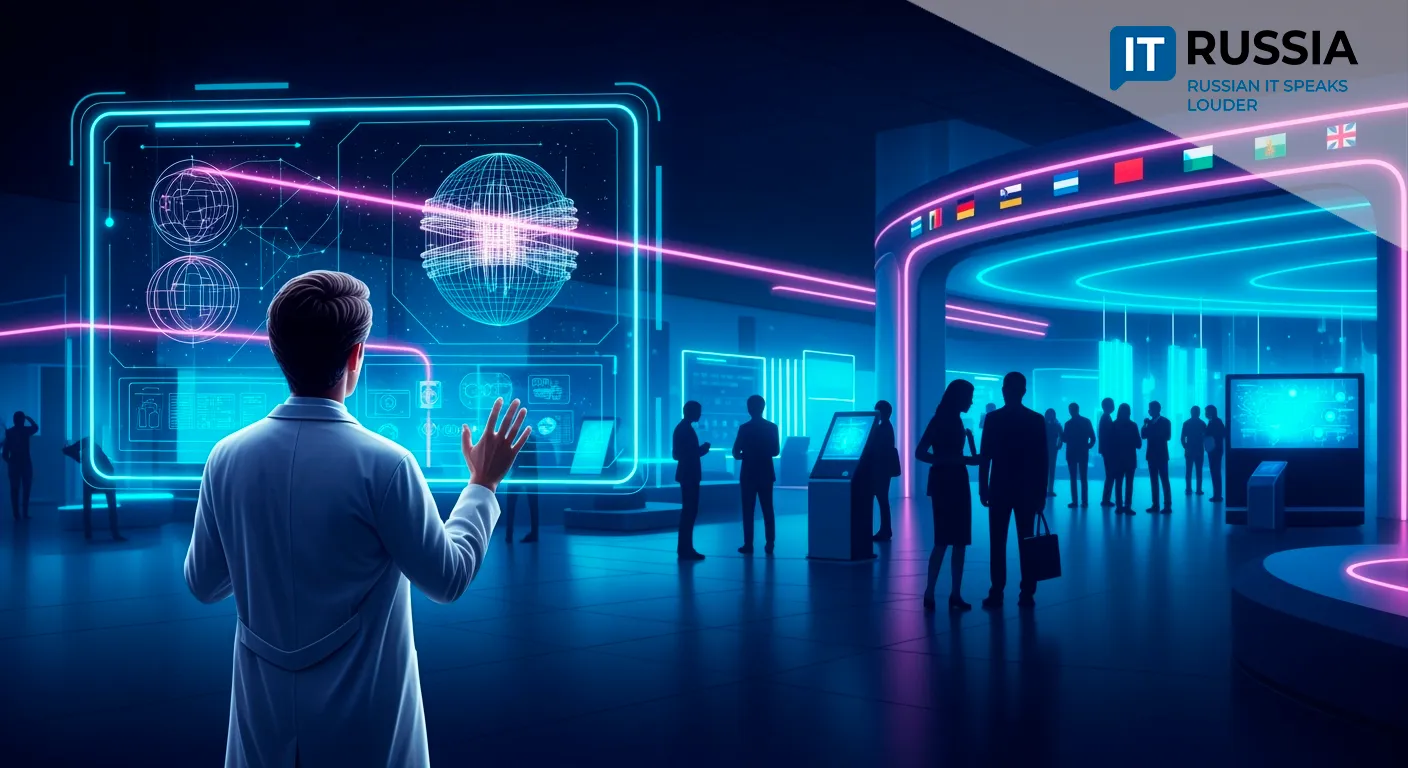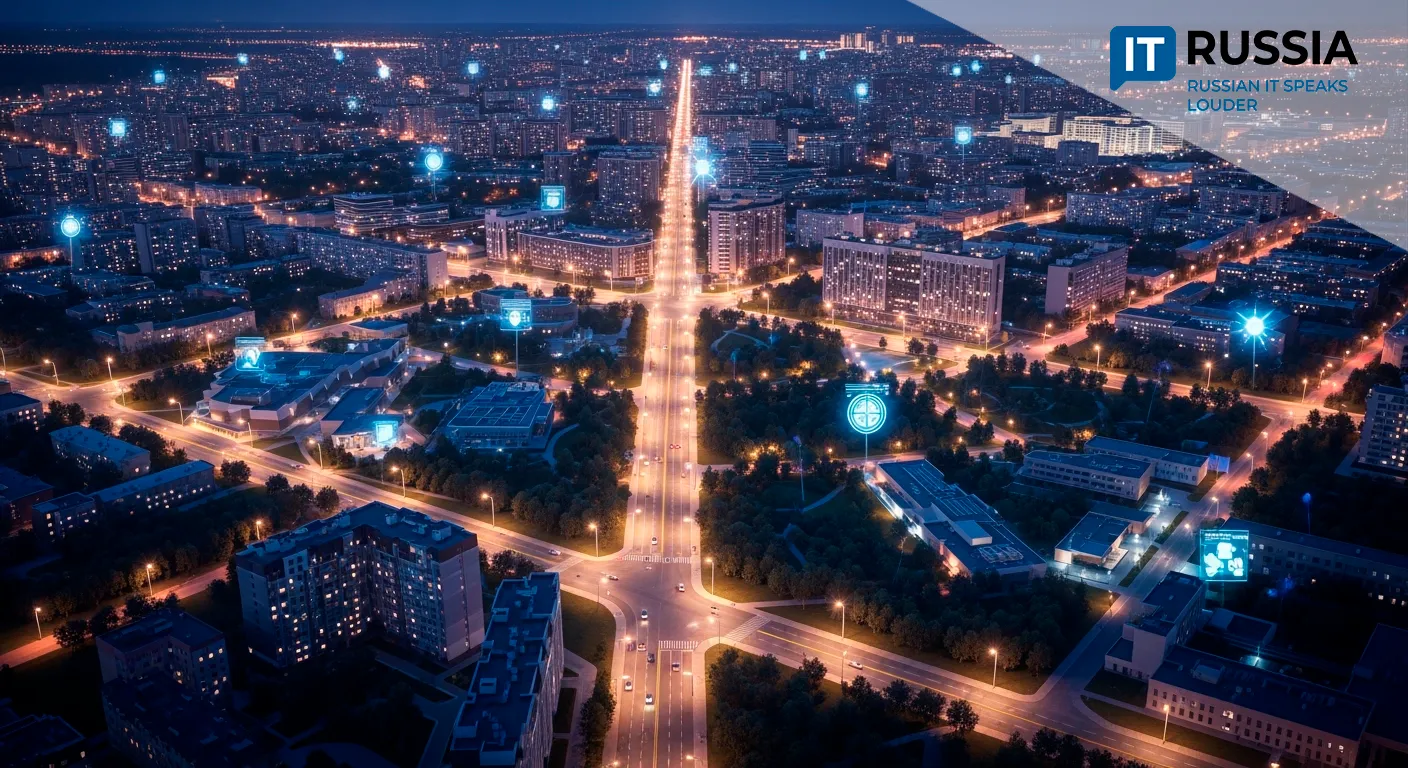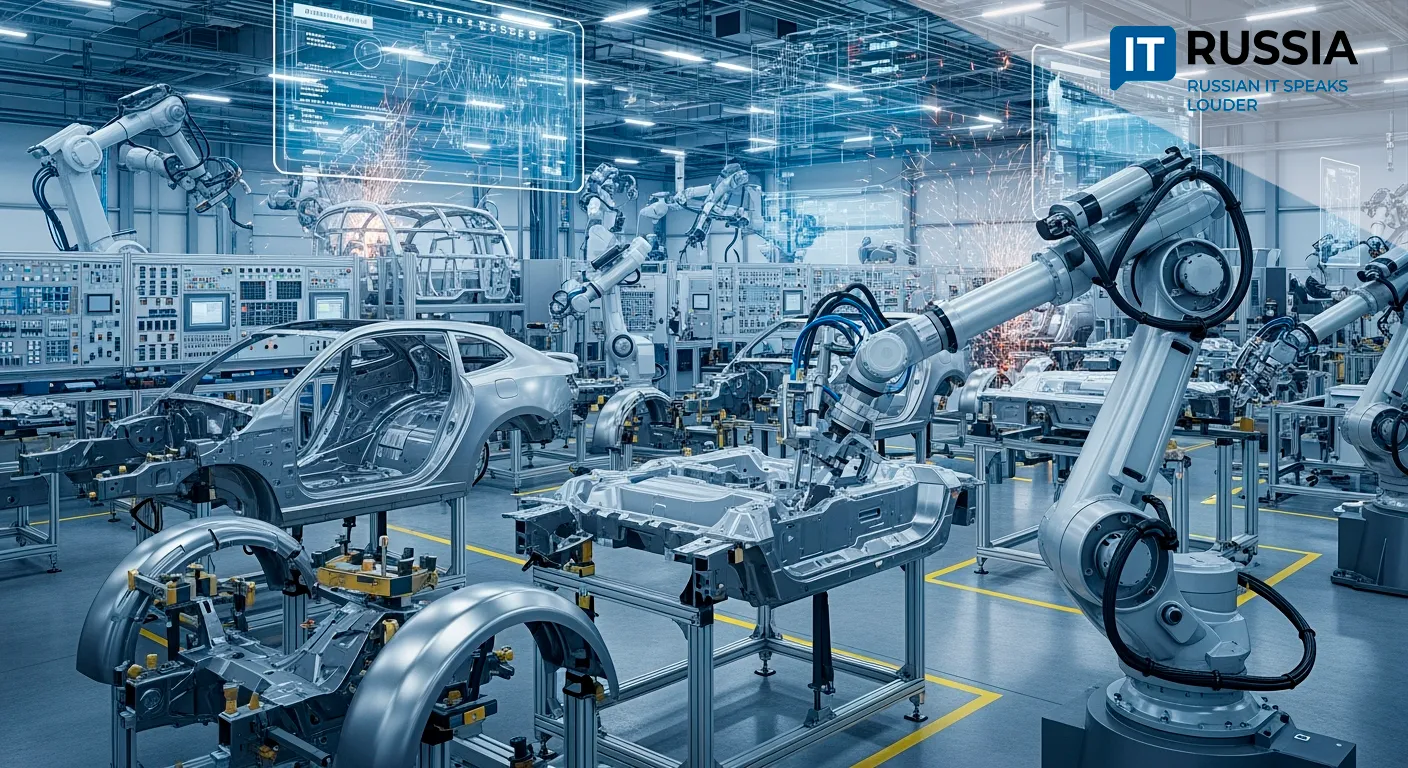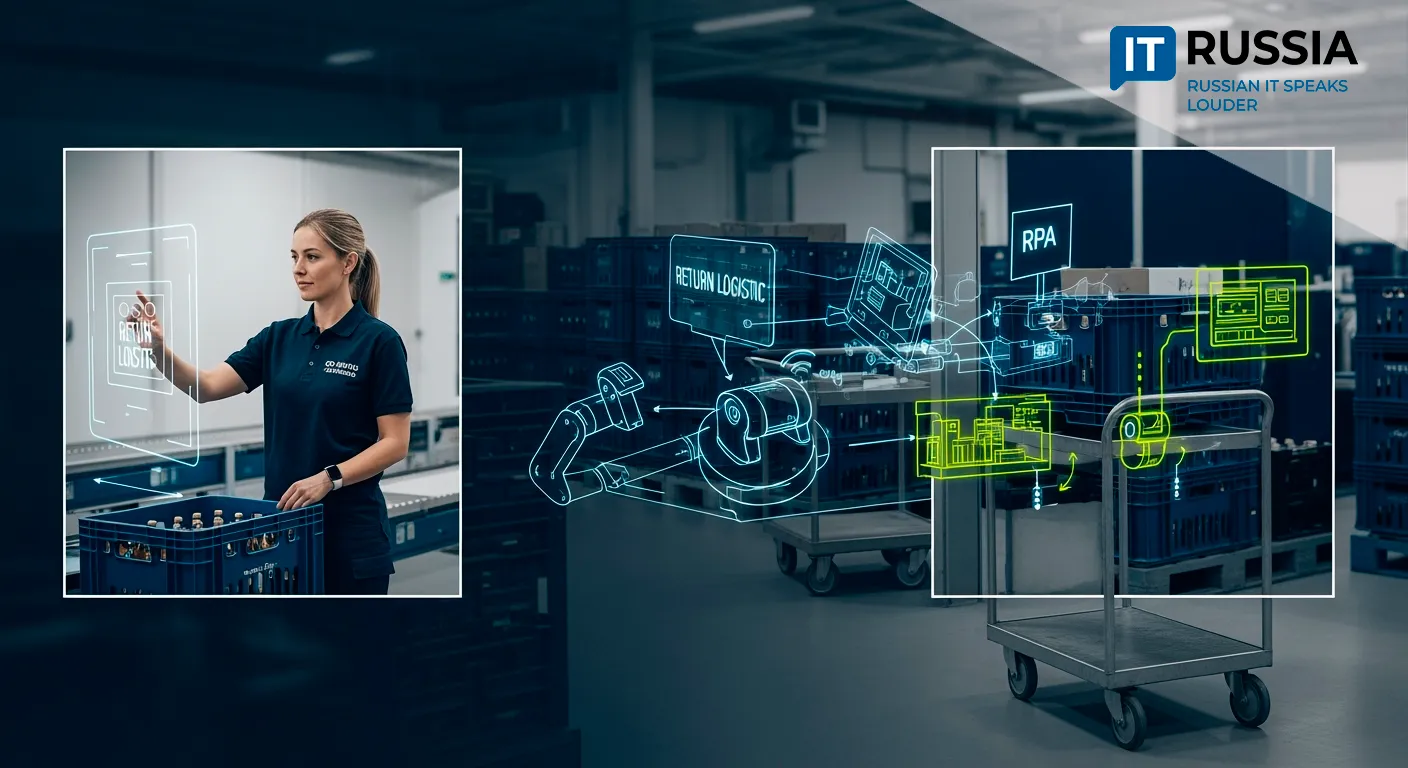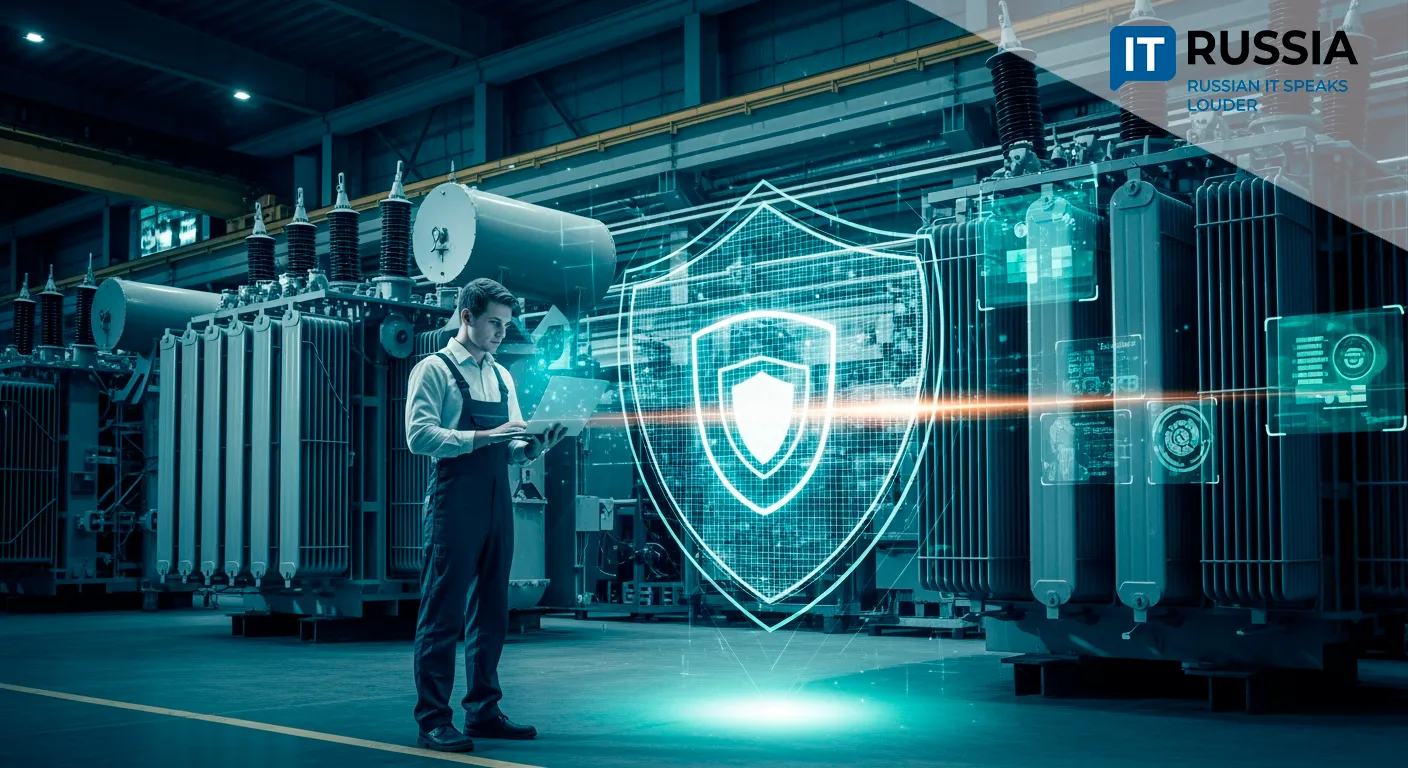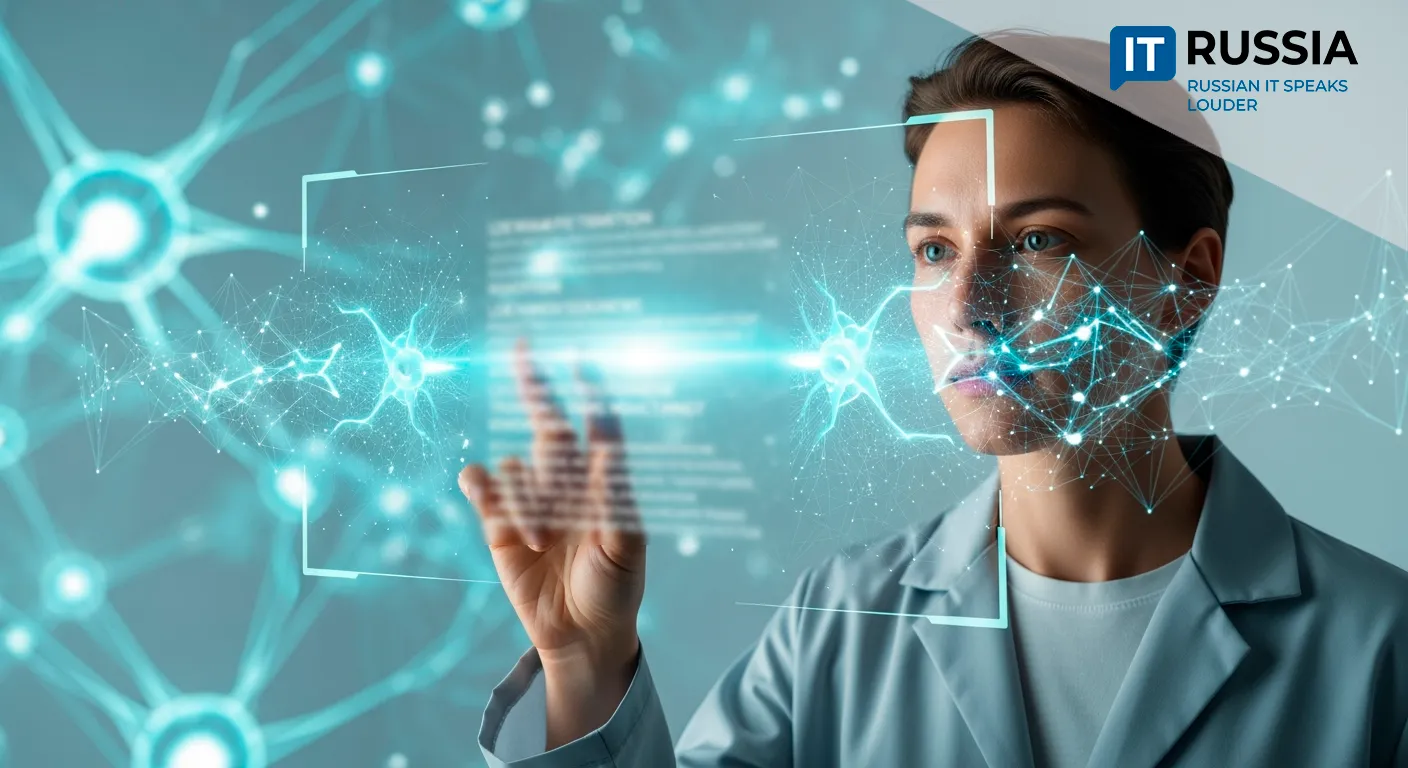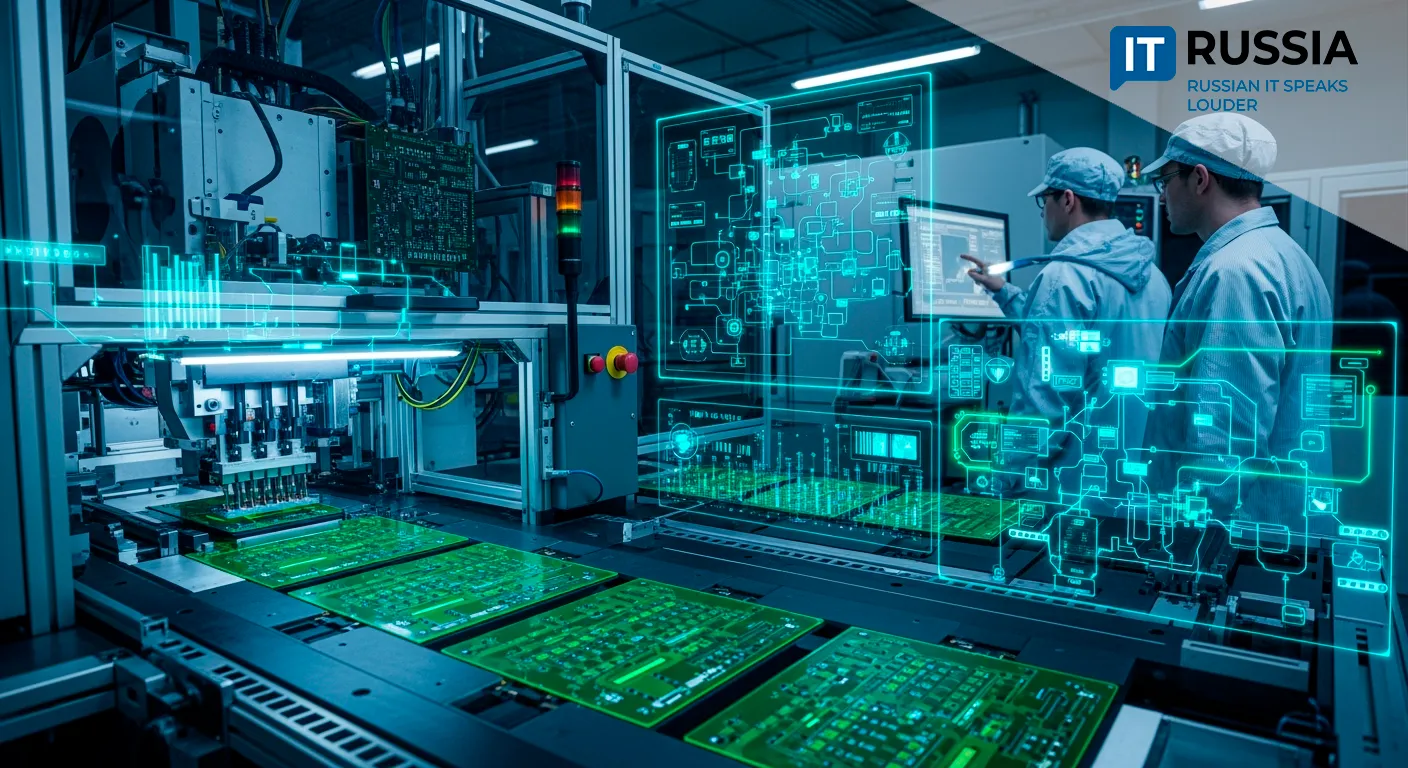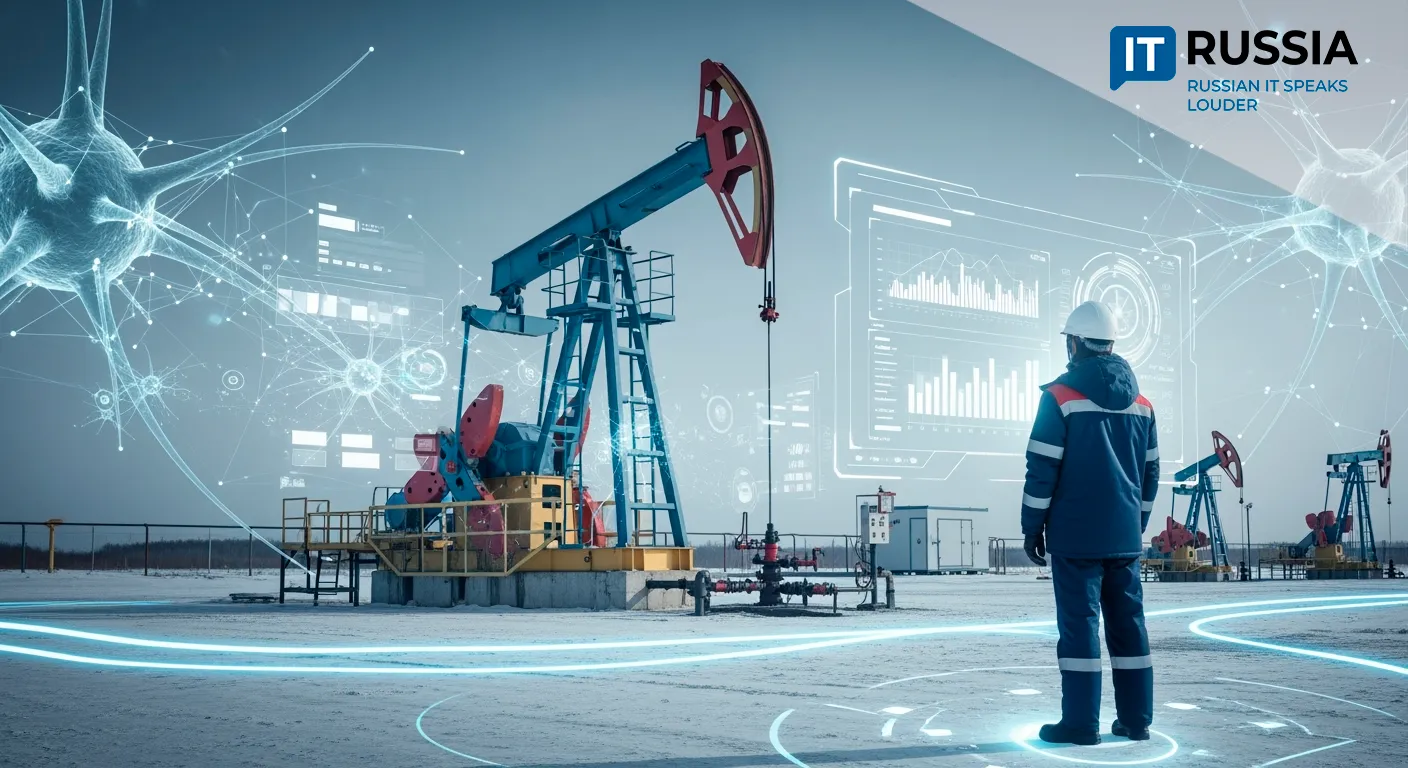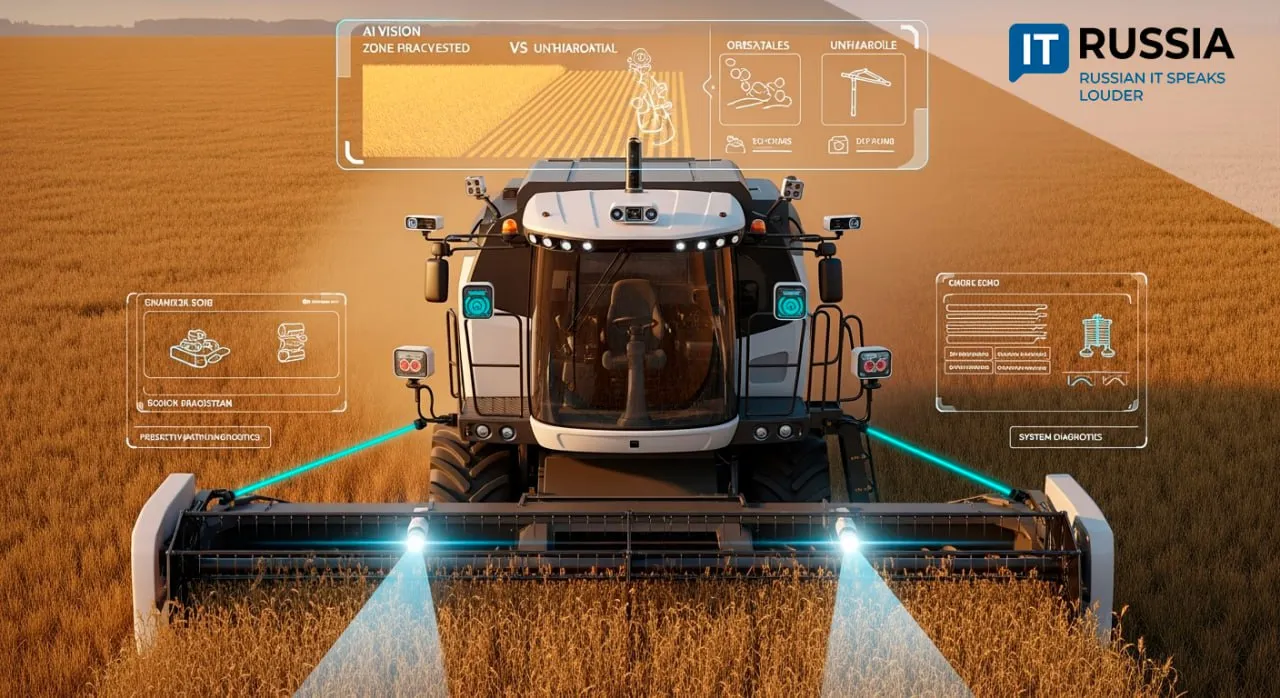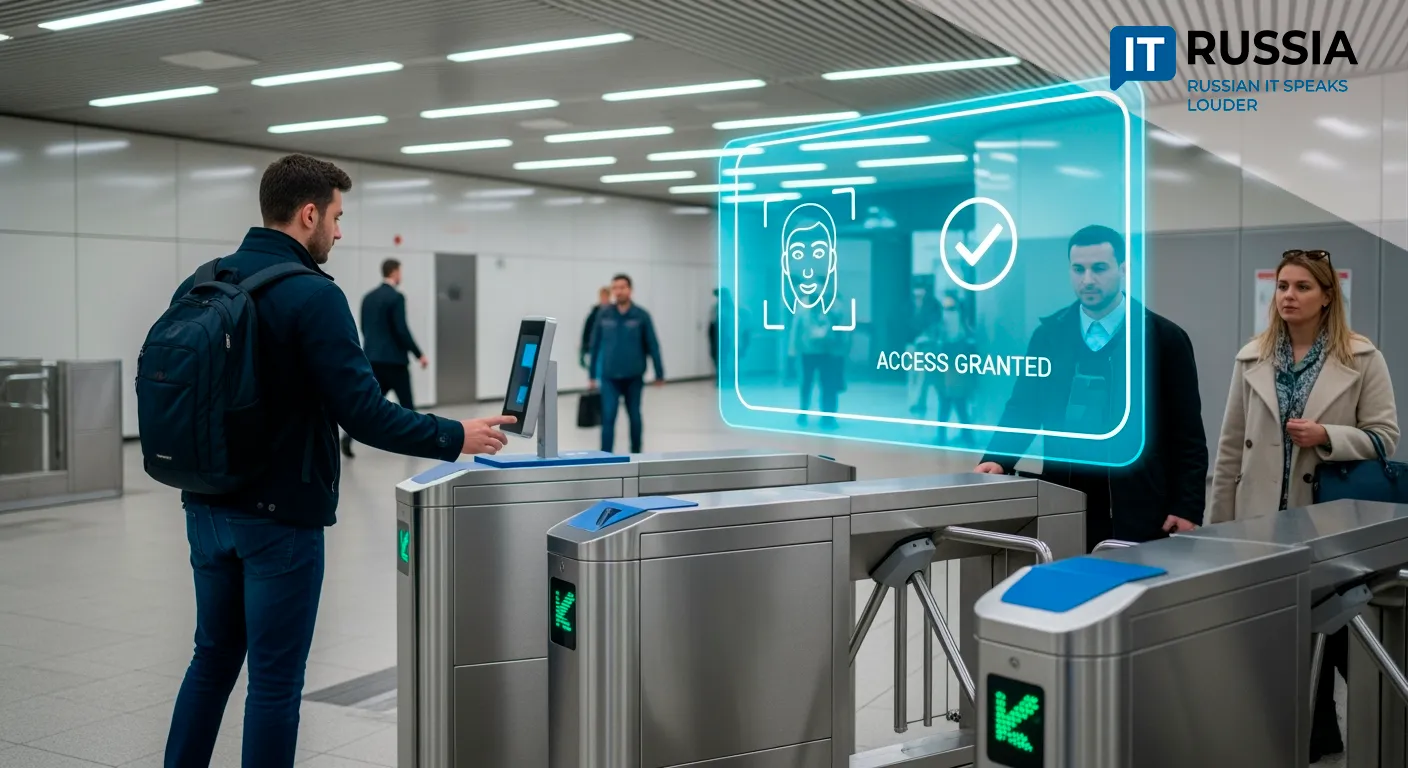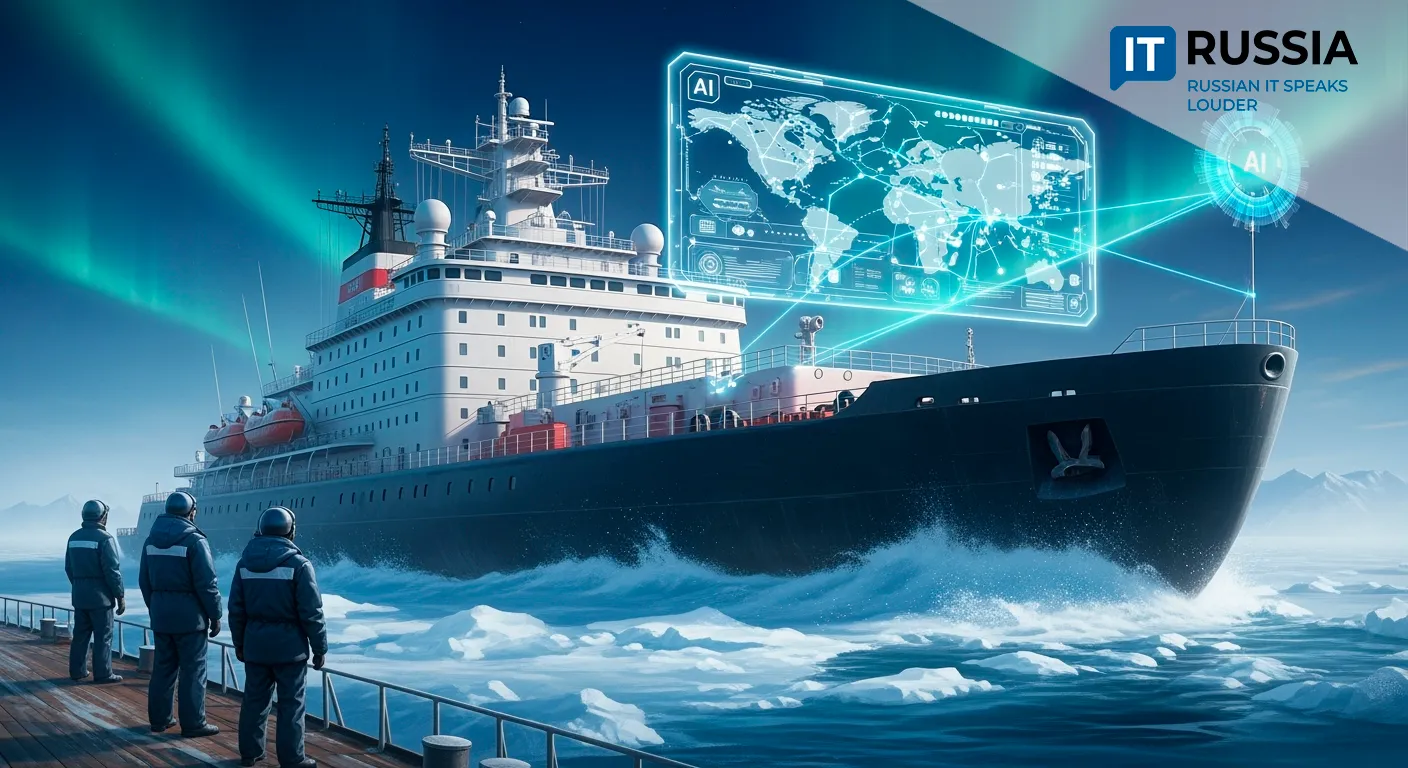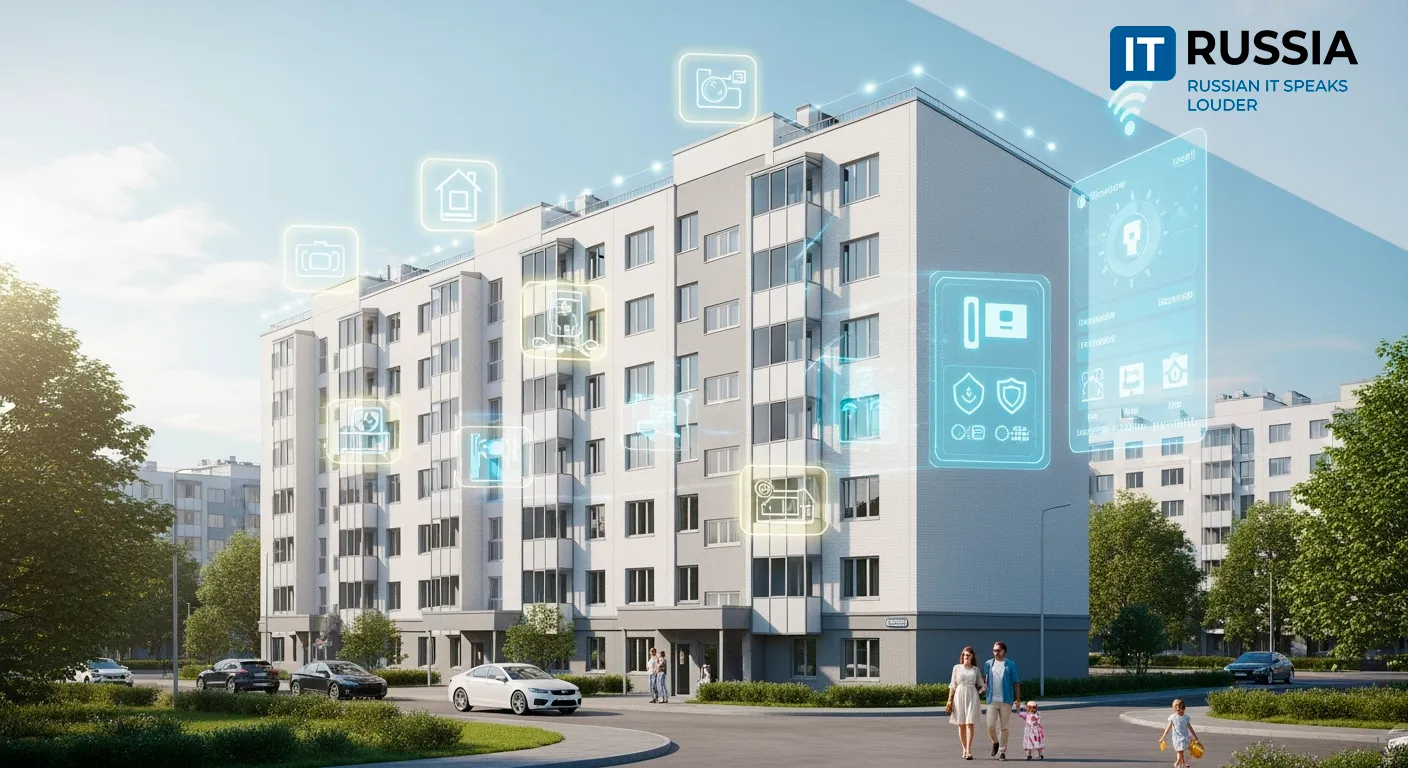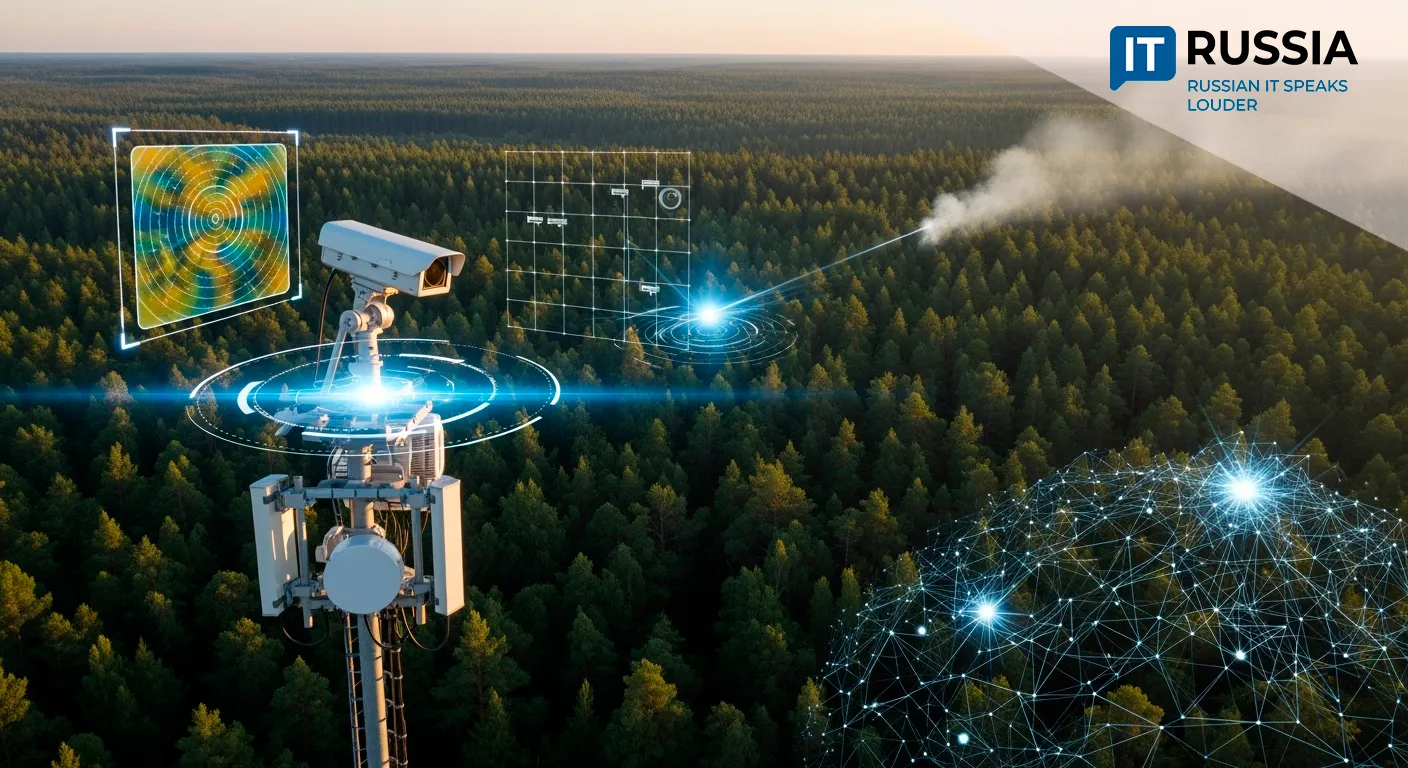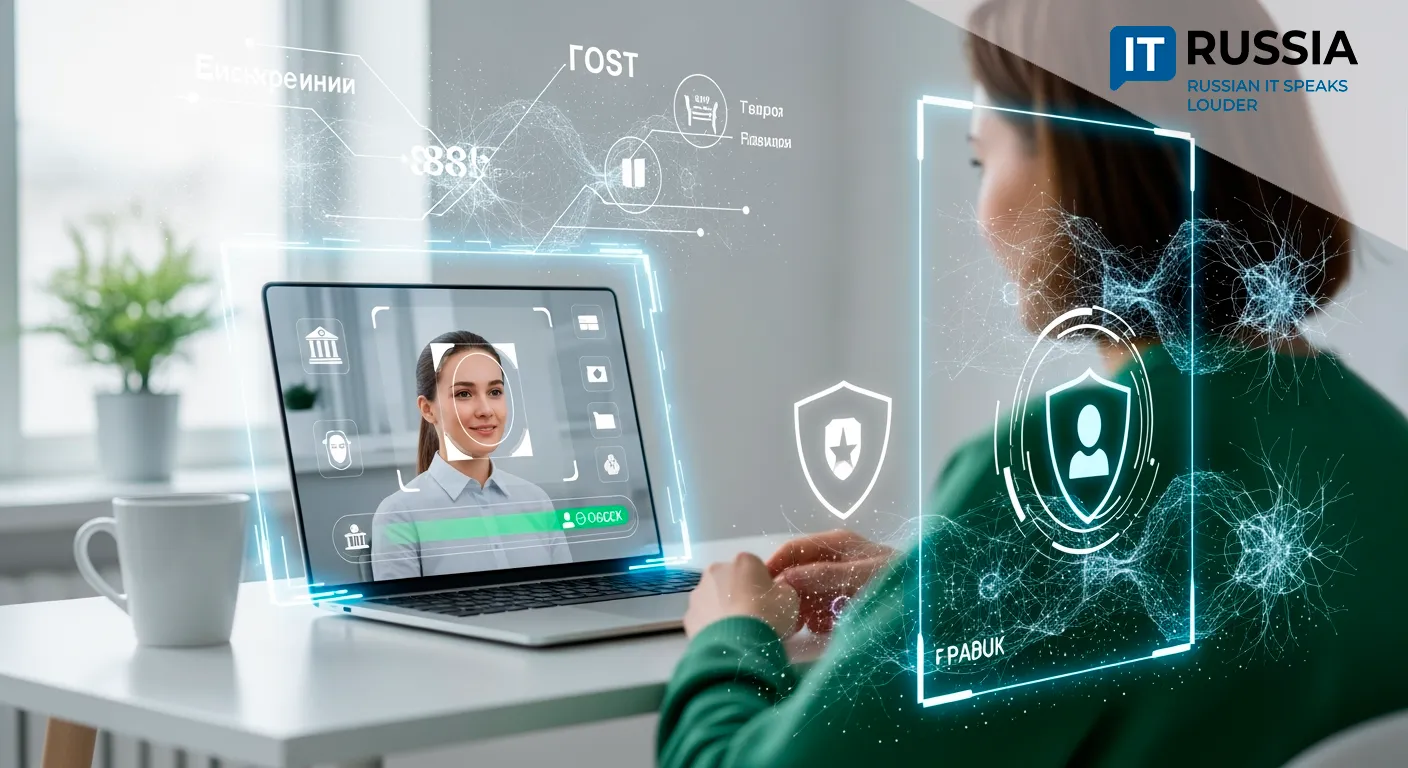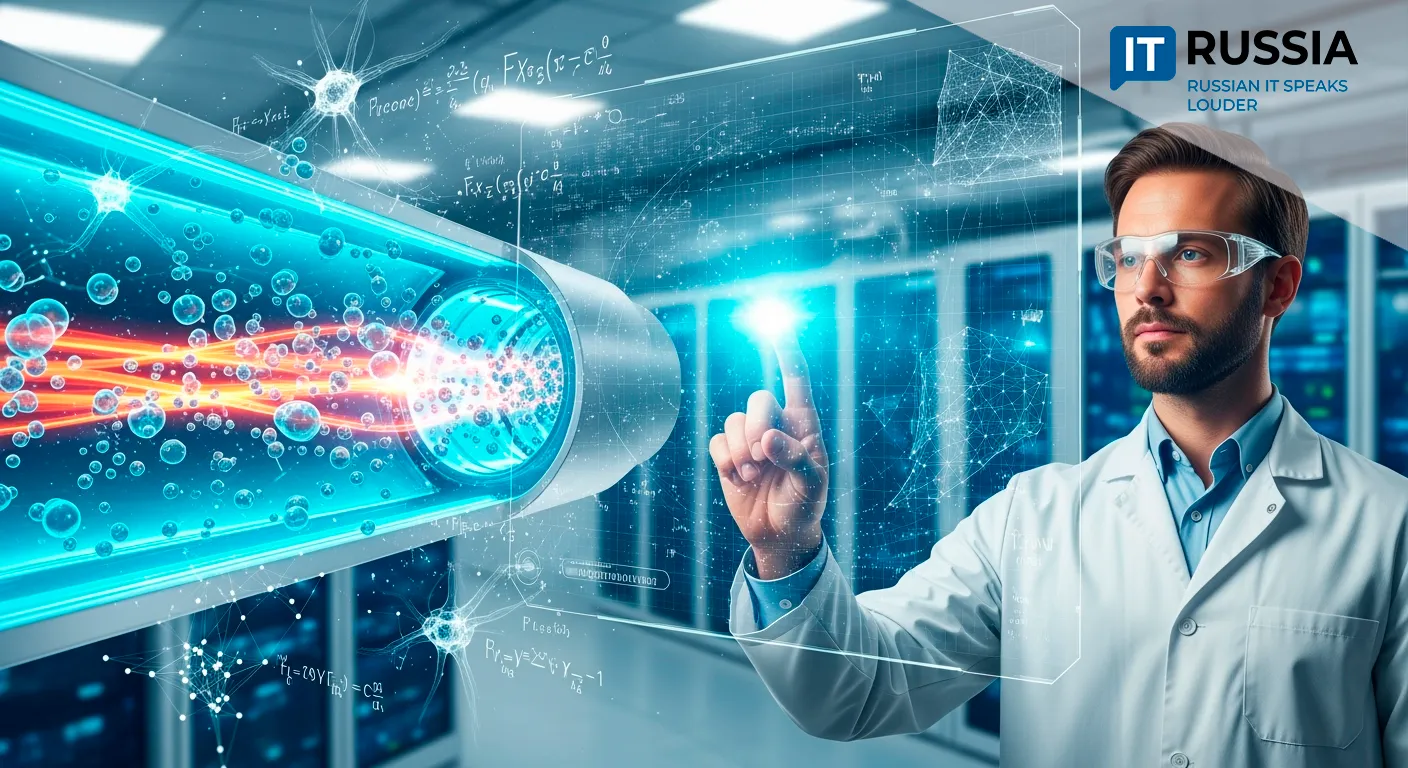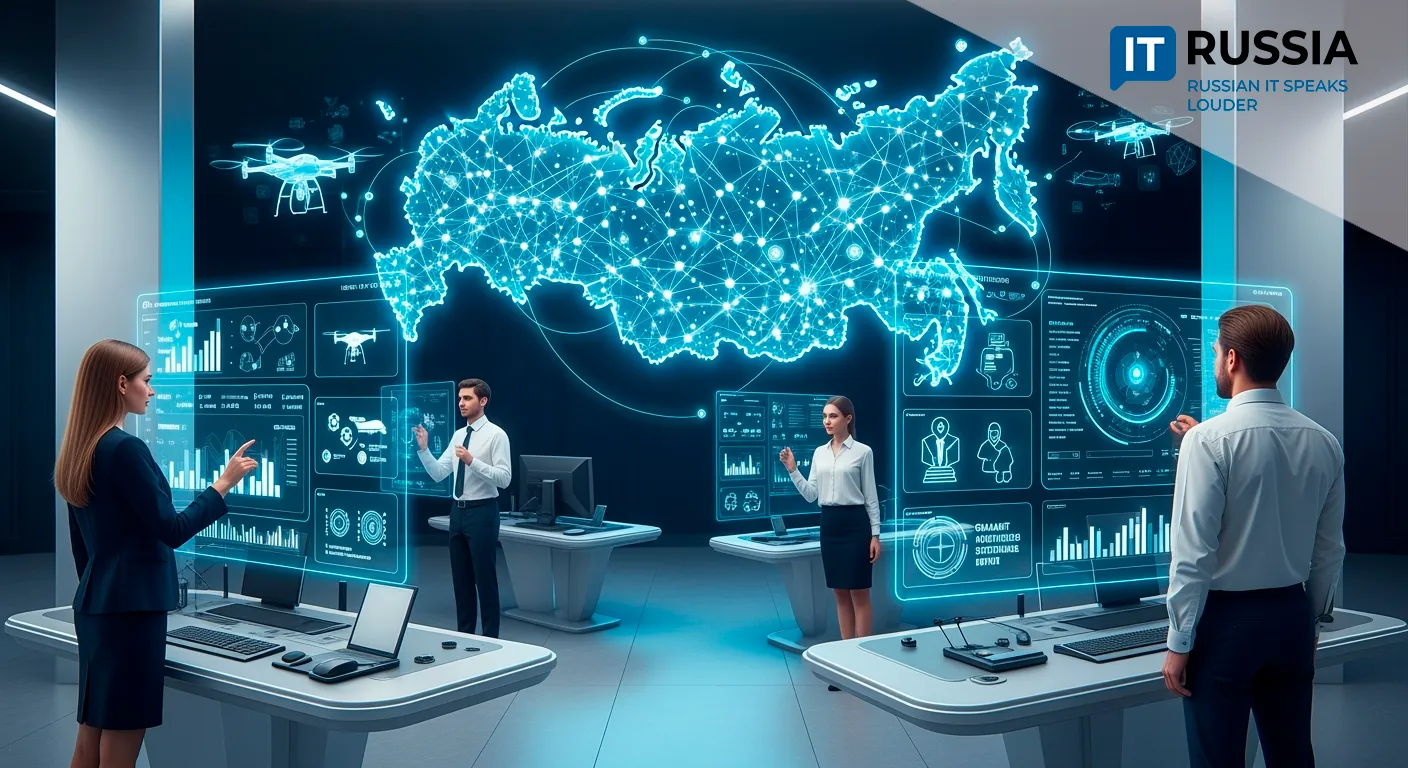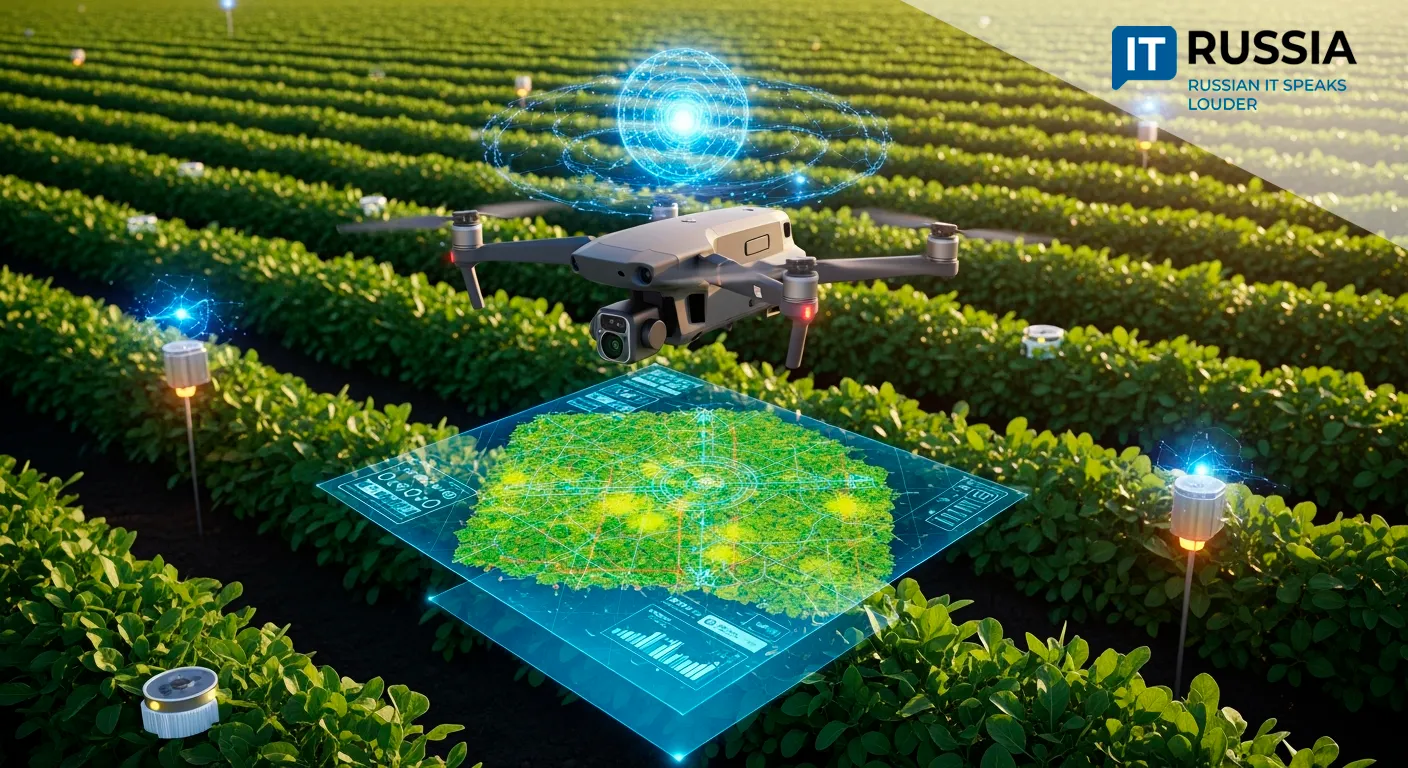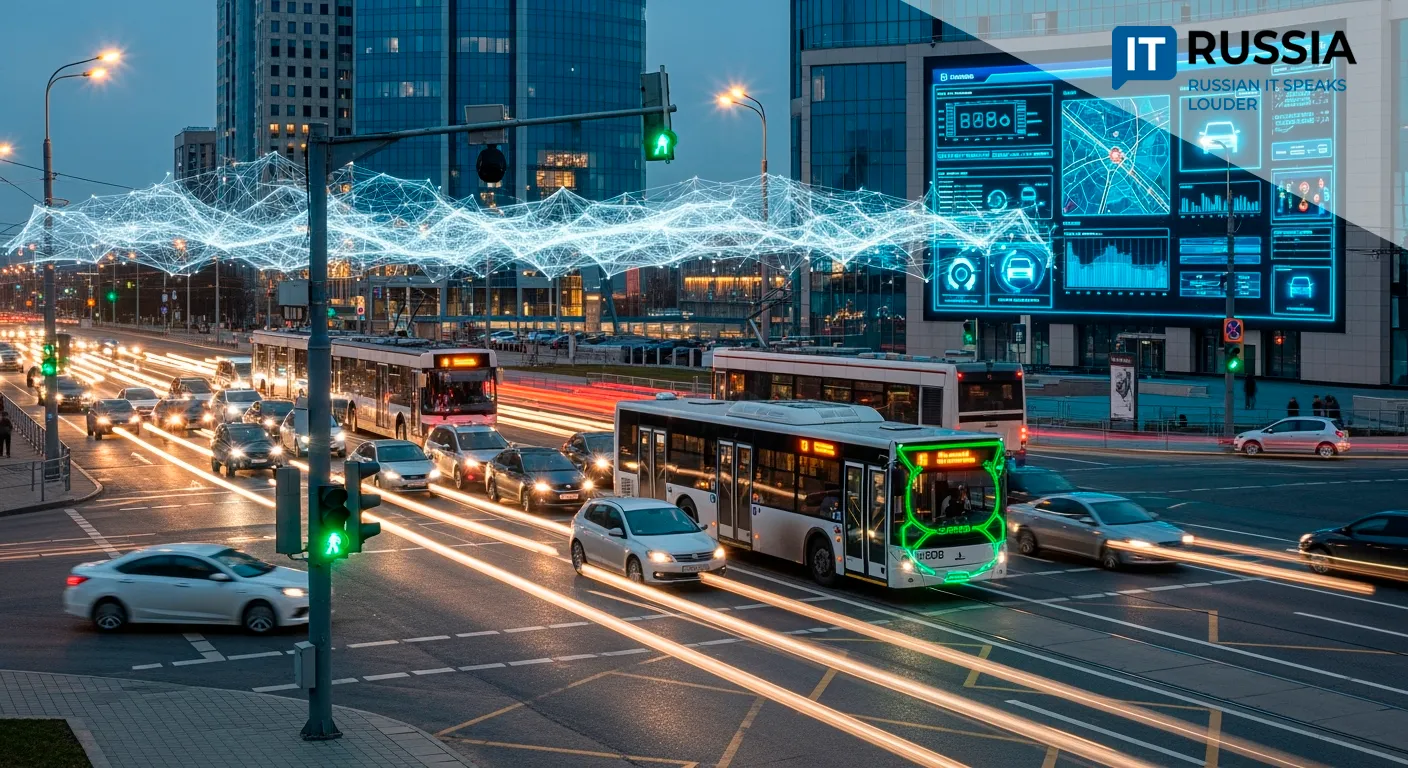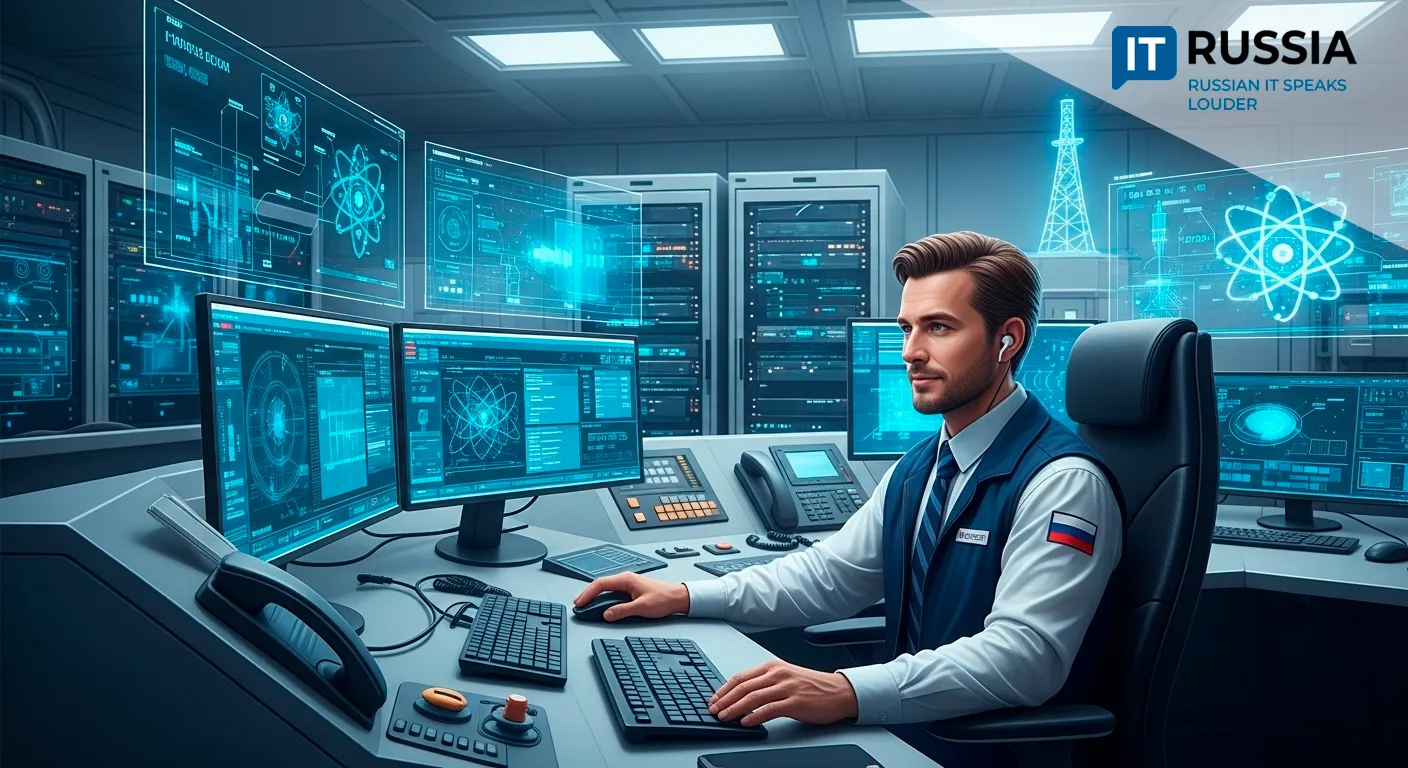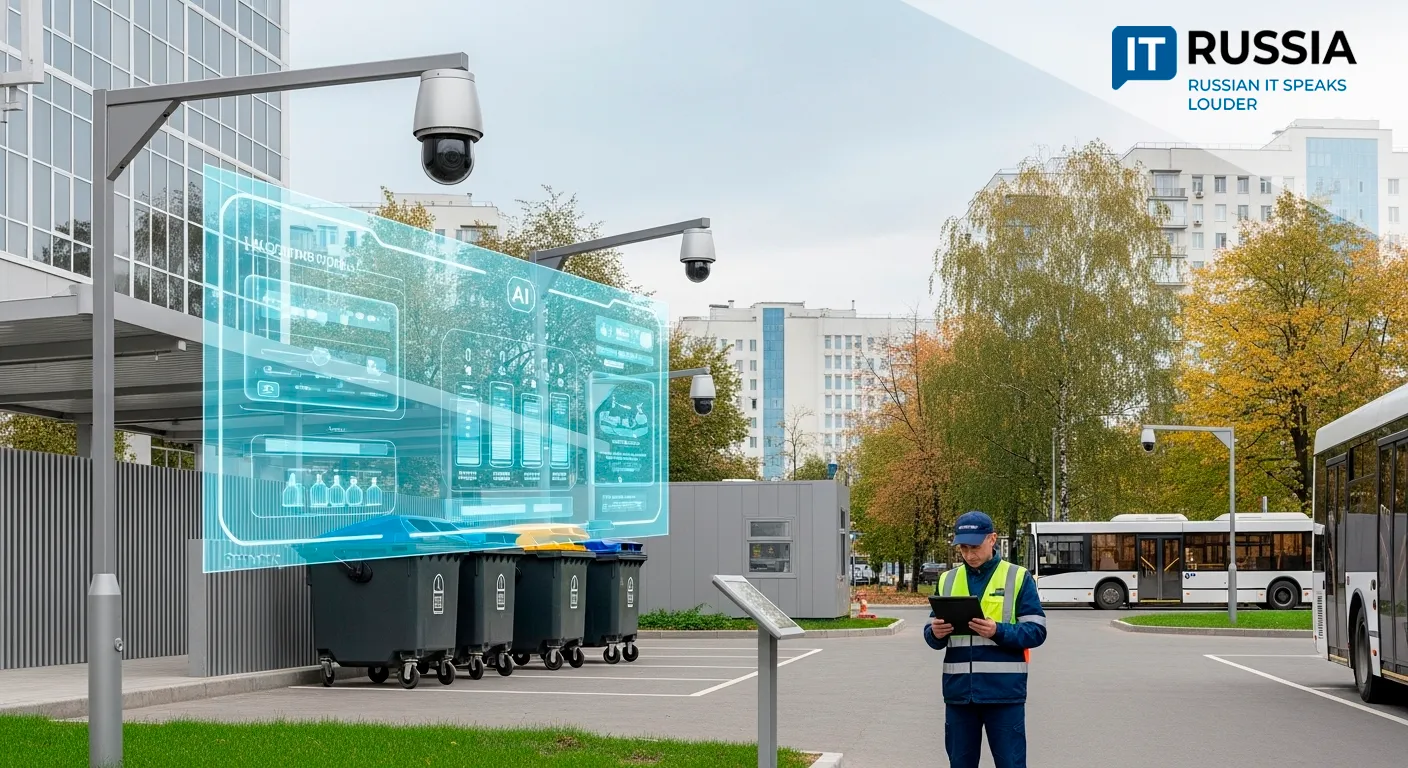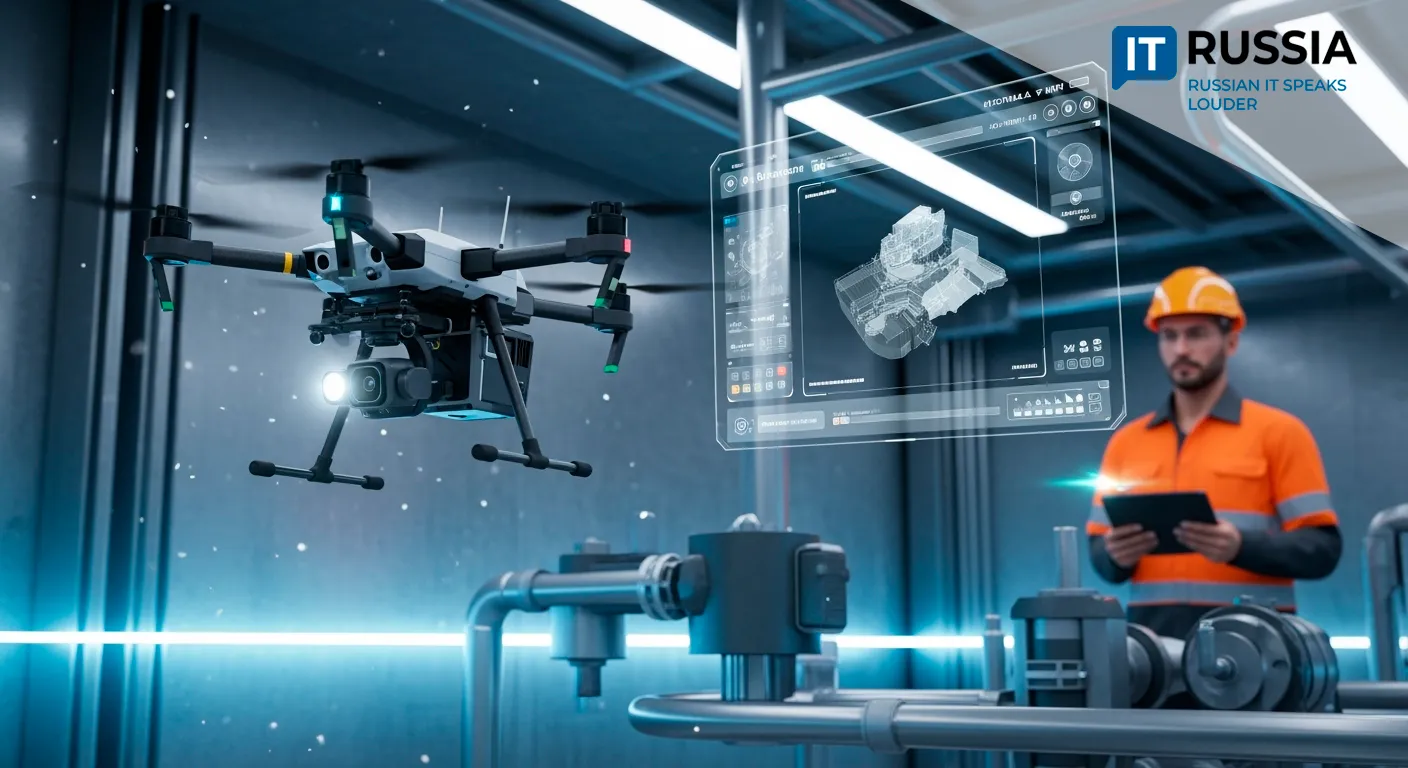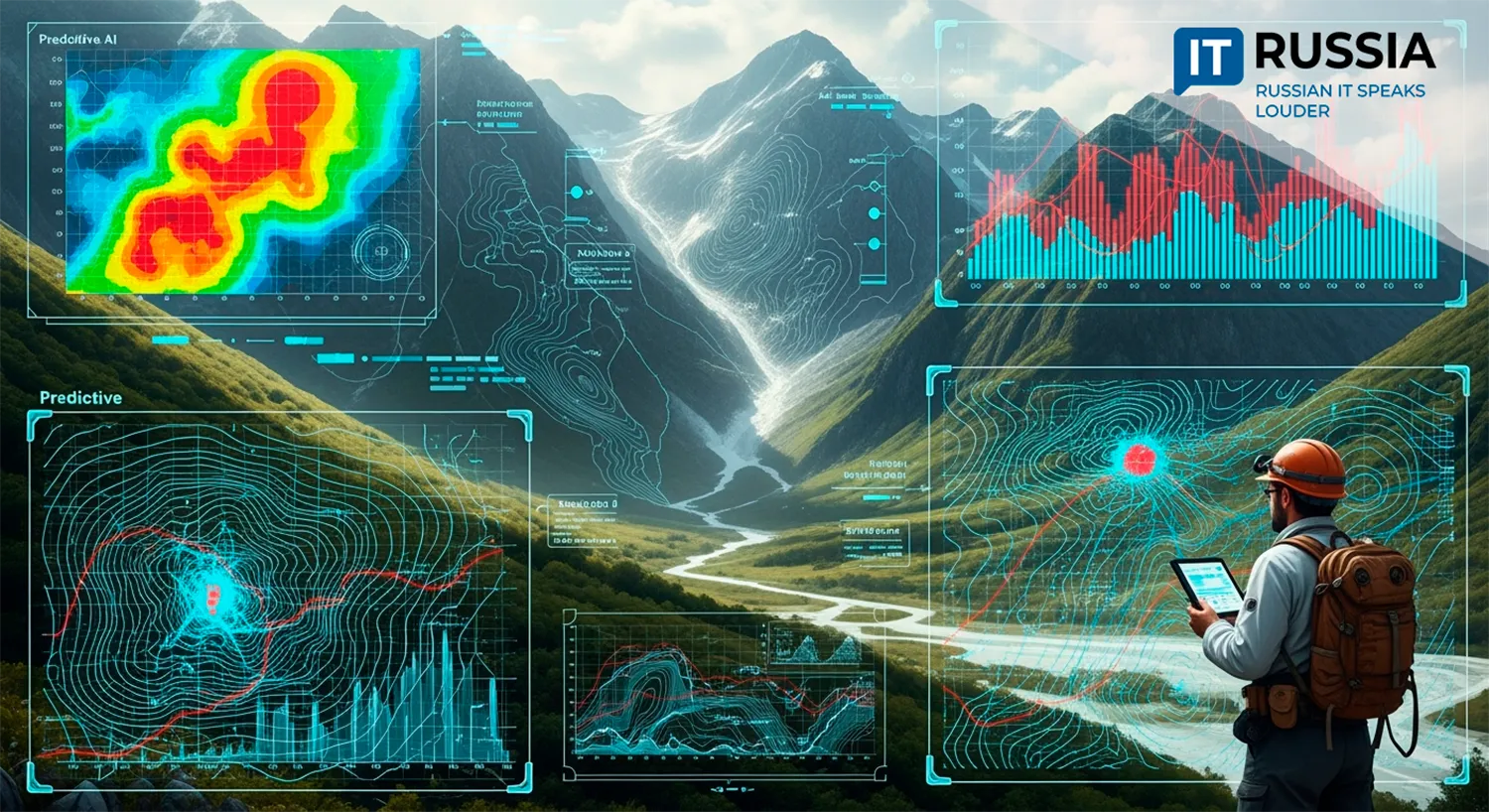The Rise of Samara's Digital Engineering in Oil and Gas
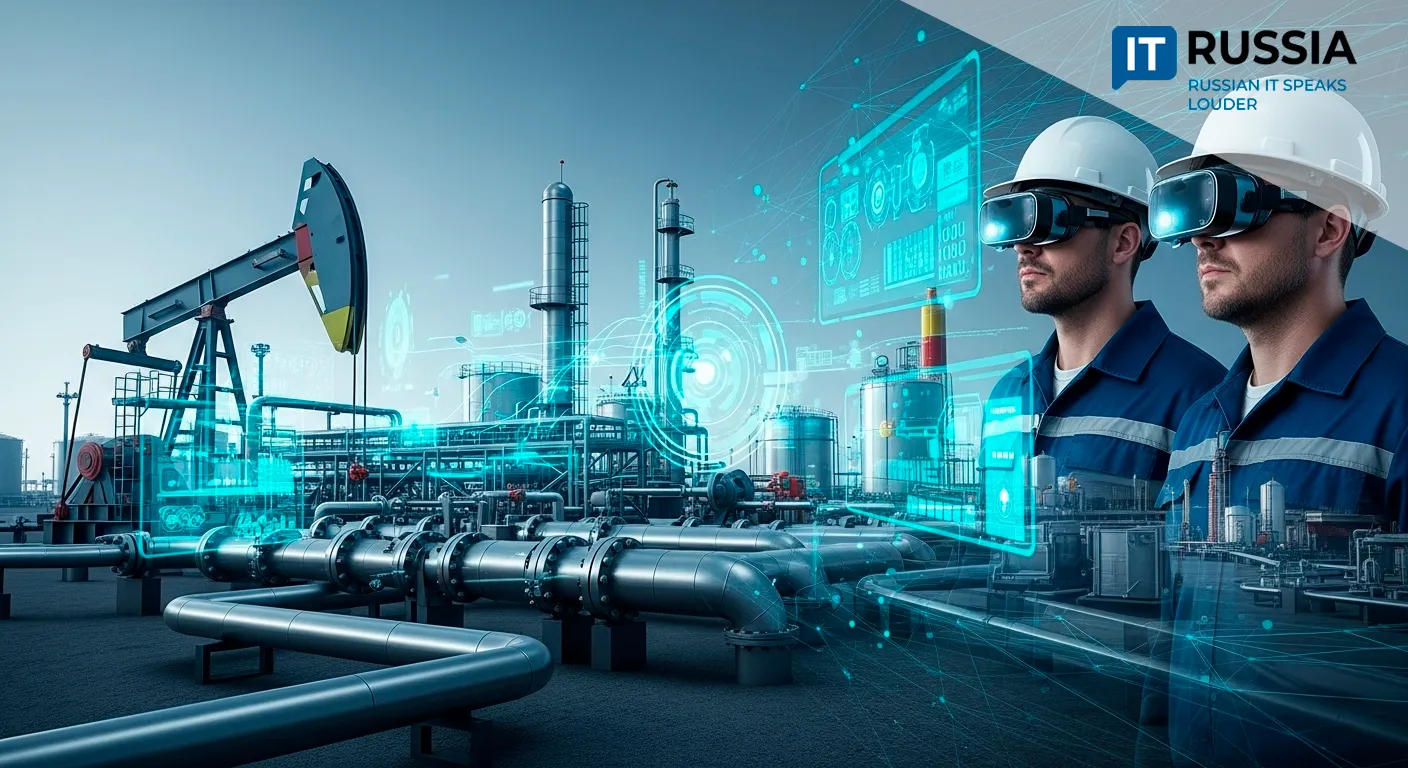
A breakthrough in information modeling by Russia’s SamaraNIPIneft highlights the country’s growing leadership in industrial digital twin technologies and their application to the mining and energy sectors.
From Blueprints to Living Models
The SamaraNIPIneft Institute, part of Rosneft, presented a fully integrated 3D model of the East-Kapitonovskoye field in the Orenburg region. The scope of the modeling effort is striking: over 60 hectares of industrial land were rendered as a detailed 'digital city' of extraction infrastructure.
The model includes more than 78,000 elements—each pipeline, tank, and pumping station precisely replicated in digital form. What makes the project stand out is that the model is not static. By integrating construction timelines, it becomes a dynamic tool for project management and operational coordination.
This is the essence of modern information modeling (Building Information Modeling or BIM): not just a 3D visualization but a data-rich digital twin capable of driving real-time decisions across an asset’s lifecycle.
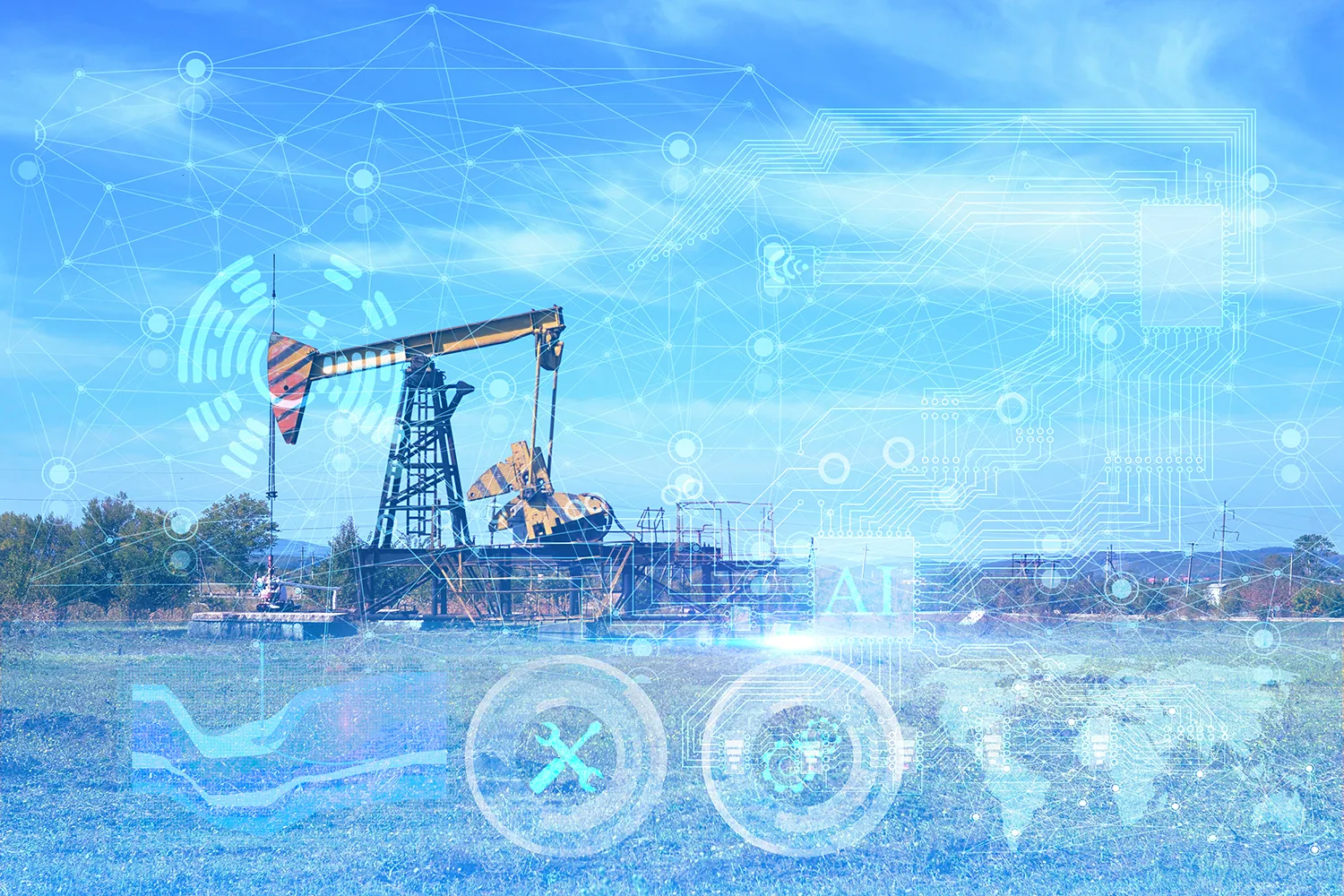
Practical Impact of Digital Twins
In the capital-intensive oil and gas sector, technologies like these are no longer optional—they are economically imperative. Digital twins significantly improve the design phase by exposing system conflicts early, when changes are inexpensive compared to fixes during construction.
Better logistics, procurement planning, and workflow scheduling cut down build times and costs. Full commissioning can happen months earlier, potentially saving billions of rubles.
Once operational, the model becomes the core platform for asset management, maintenance scheduling, and real-time analytics from IoT sensors—enhancing safety and reliability. The digital twin supports predictive maintenance and reduces accident risk, boosting both productivity and environmental safety.
The Samara region is now emerging as a technical and digital innovation hub for the extractive industries. SamaraNIPIneft is also creating high-skill job demand and laying the foundation for attracting investment into advanced R&D centers. The project illustrates Russia’s stake in Industry 4.0: digitalization, predictive analytics, and data-driven management in mining and resource extraction.
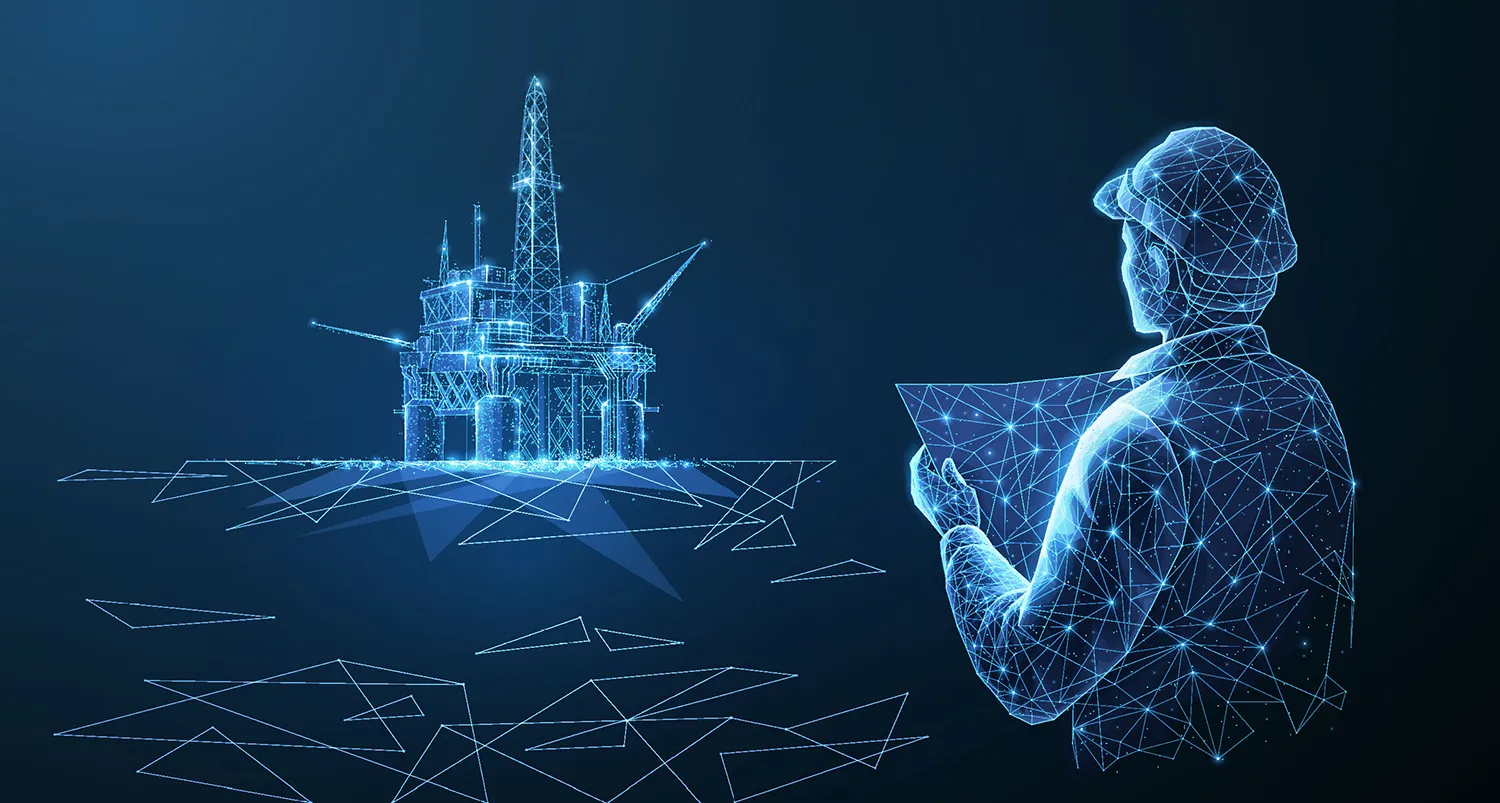
A Sovereign Software Stack
A key aspect of the SamaraNIPIneft platform is its foundation in Russian software and engineering. The entire solution is built on local platforms and talent—offering independence from foreign vendors and aligning with national goals of technological sovereignty.
The know-how gained in developing digital twins for complex oil and gas facilities is likely to be in high demand across CIS countries and the Middle East, where infrastructure expansion meets the need for localized, flexible tools.
The technology has multiple commercialization pathways: as an internal standard for new capital projects or as a consulting service or SaaS product—enabling asset management powered by information modeling for external clients.
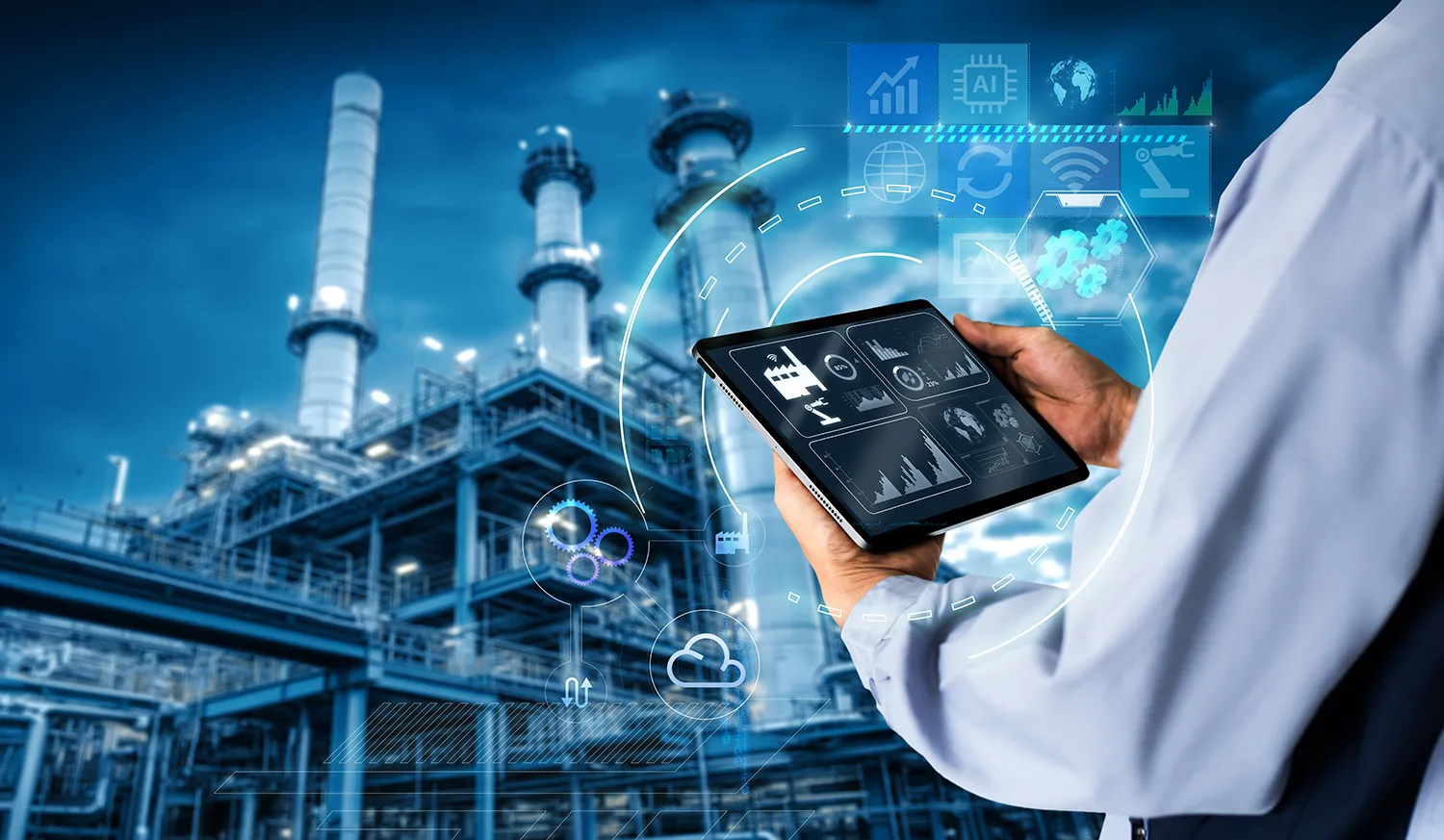
The Evolution Ahead
SamaraNIPIneft’s digital twin is just the beginning. The next step involves virtual training platforms, where operators can rehearse actions under normal and emergency conditions on a hyper-realistic digital replica—without putting equipment or personnel at risk.
Augmented reality applications are also under development. Using HoloLens glasses, technicians in the field will overlay schematics and live instructions onto real equipment. Over time, data from IoT sensors will feed into the twin, enabling predictive maintenance, energy optimization, and intelligent resource management.
Using high-fidelity digital twins in technical universities and corporate training will also raise the standard of engineering education—providing future specialists with practical experience long before stepping into a real facility.


